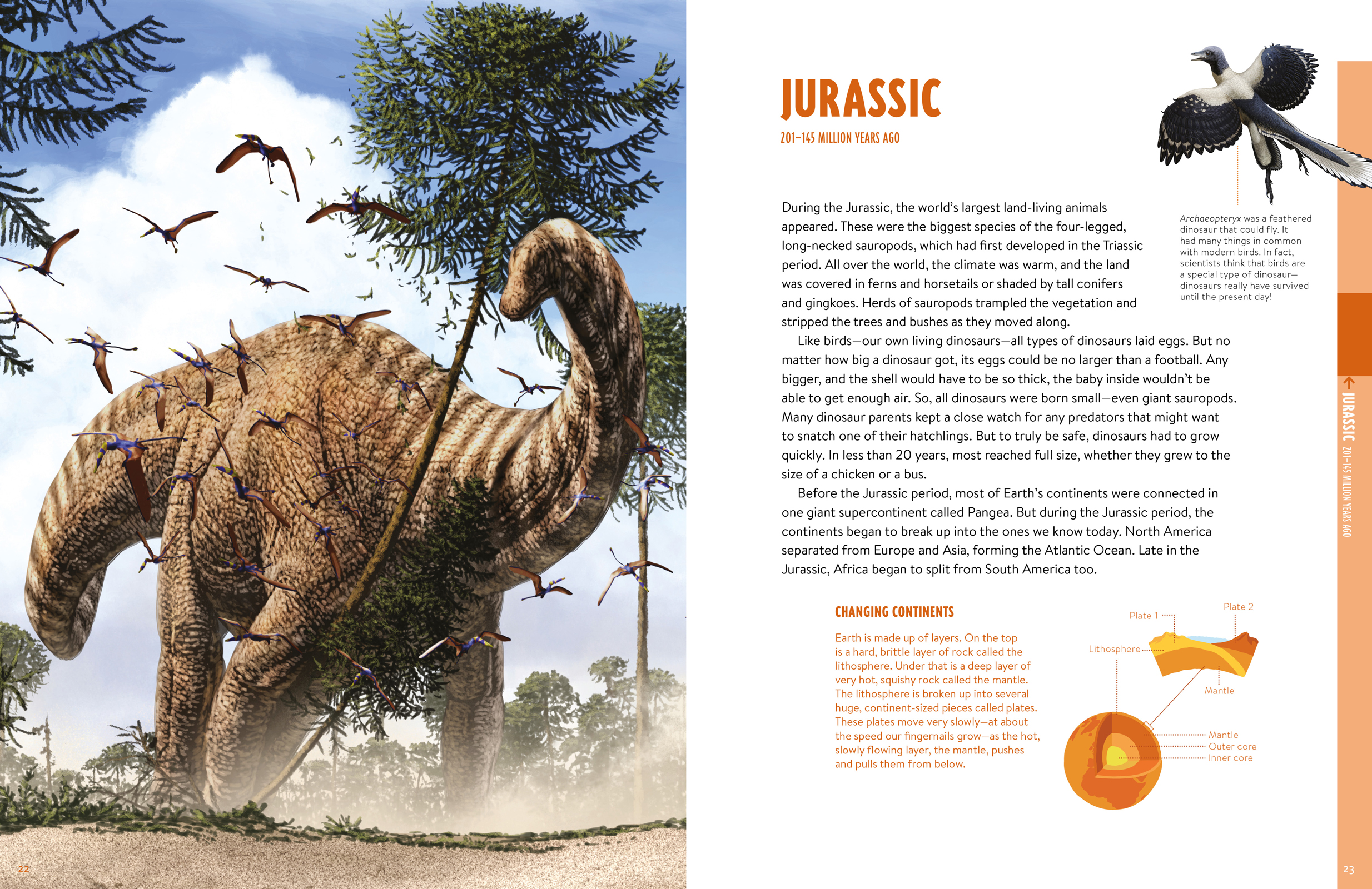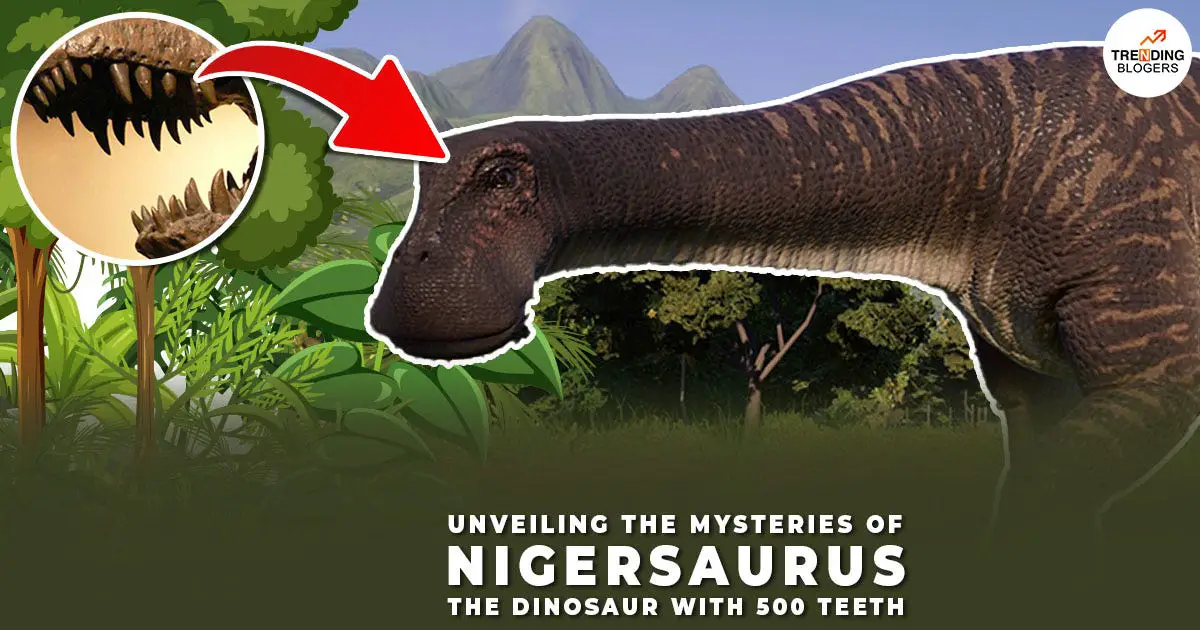How Dinosaurs are Named: Unveiling Prehistoric Secrets
Dinosaurs are named using a system that combines Latin and Greek words to describe their characteristics and the name of the person who discovered them, honoring their scientific contributions. This scientific nomenclature provides unique names that reflect aspects such as physical features, behavior, or geographical location where the fossils were found.
Exploring the lost world of dinosaurs opens a fascinating chapter in Earth’s history. The process of naming these magnificent creatures, which roamed the planet millions of years ago, is both intriguing and methodical. Scientists painstakingly analyze fossil evidence, drawing on Latin and Greek to coin terms that capture the essence of each species.
This method of naming ensures that each dinosaur’s legacy is preserved in a clear, systematic, and internationally accepted manner. As each new discovery emerges from the depths of prehistory, it receives a carefully chosen moniker that becomes a part of our shared knowledge about these ancient inhabitants of our world.

Credit: www.whatonearthbooks.com

Deciphering Dinosaur Names
Have you ever wondered how dinosaurs got their names? It’s like cracking code from the past. In this post, let’s uncover the secrets behind decoding these prehistoric monikers.
Roots In Greek And Latin
Many dinosaur names sound complex, but breaking them down reveals their roots. Most names come from Greek and Latin. This ancient language mix forms a puzzle. Each piece of the puzzle – a word part – shows traits or discovers.
Examples:
- “Saurus” refers to lizard in Greek.
- “Raptor” means thief in Latin, suggesting a cunning, predatory nature.
Let’s look at Tyrannosaurus rex:
- “Tyranno” translates to tyrant from Greek.
- “Saurus”, as mentioned, means lizard.
- “Rex” stands for king in Latin.
So, Tyrannosaurus rex becomes “Tyrant Lizard King”. This process helps scientists and enthusiasts alike recognize key features of these extinct giants.
Significance Of Species Names
Species names often honor a person, location, or feature. These names tell a story about the dinosaur. They give credit or note something special.
For instance:
- The “Veloci” in Velociraptor means swift.
- The “dromeus” means runner.
Combine them and Velociraptor suggests “Swift Runner”. The species name can even point to where it was discovered. The “mongoliensis” in Velociraptor mongoliensis tells us this dinosaur was first found in Mongolia.
Dinosaur names tell a story. They mix traits, locations, and people from history. Next time you hear a dinosaur name, try to break it down. You might be surprised by what you learn!
Historical Context Of Naming Conventions
Understanding how dinosaurs received their names takes us on a journey through history. The methods and thought processes behind naming these ancient creatures have evolved remarkably over time. Let’s delve into the naming conventions and how they have changed since the 19th century.
19th Century Discoveries
The 19th century marked a revolutionary era filled with new dinosaur discoveries. Scientists often turned to Greek and Latin words to create names that described these prehistoric giants’ physical characteristics, behaviors, or the locations where they were found.
- Iguanodon – Meaning ‘iguana-tooth’, due to its teeth’s resemblance to the modern iguana.
- Megalosaurus – From the Greek words ‘mega’ for large and ‘sauros’ for lizard.
- Triceratops – Combining ‘tri’ for three, ‘ceras’ for horn, and ‘ops’ for face.
Evolution Of Nomenclature
As our knowledge grew, the naming process became more structured. By the 20th century, the International Code of Zoological Nomenclature introduced rules for naming all living and extinct animals, including dinosaurs.
| Year | Rule Introduced |
|---|---|
| 1901 | First edition of the Code is adopted |
| 1930s | Name must be unique and not previously used for another genus |
| 1961 | Binomial nomenclature emphasized, combining genus and species name |
These guidelines ensure each dinosaur has a distinct and standardized name. Today’s paleontologists continue to honor this tradition, celebrating each new discovery with a name that captures its essence and contributes to our rich scientific heritage.
Protocols In Dinosaur Taxonomy
Imagine a world where dinosaurs roam again. You find a new type. Naming it is a big job. Dinosaur taxonomy follows strict rules. This ensures scientists worldwide use the same names. Let’s explore how these prehistoric giants get their names.
The Role Of The Iczn
The International Code of Zoological Nomenclature (ICZN) leads the naming process. This group makes sure names are clear and unique. They help prevent mix-ups of dinosaur names. Their rules help with understanding and studying dinosaurs.
Criteria For Valid Names
Dinosaurs need names that meet certain rules. These rules make sure names are accepted and used by all. Below are the criteria for a valid name:
- Unique: Each name must be one of a kind.
- Descriptive: Names often describe a feature or where the dinosaur was found.
- Published: A name has to appear in a scientific journal to count.
| Rule | Description | Example |
|---|---|---|
| Binomial | Two-part Latin name | Tyrannosaurus rex |
| Etymology | Origin of the name | Triceratops – three-horned face |
| No Duplication | Name not already used | Velociraptor is unique |
Names stick once they meet the criteria. This helps scientists share findings easily. Dinosaur lovers then get to learn about Brontosaurus, which means “thunder lizard”. Or Stegosaurus, the “roofed lizard”. These names tell a story and a history of life on Earth.
/https://tf-cmsv2-smithsonianmag-media.s3.amazonaws.com/filer/b2/ce/b2cec354-18e6-4440-92b4-9f3b7846f03c/gettyimages-1229613824.jpg)
Credit: www.smithsonianmag.com
Famous Naming Milestones
The history of dinosaur discovery and naming is filled with fascinating stories and pivotal moments. As paleontologists unearthed the remains of these prehistoric giants, they began a tradition of giving them names that would capture the imagination of the world.
Tyrannosaurus Rex And Its Impact
The name Tyrannosaurus Rex echoes like a legend. It means “tyrant lizard king.”
First discovered by Barnum Brown in 1902, this beast’s name has since become synonymous with dinosaurs. Its impact on pop culture and science is undeniable.
- Impact on Paleontology: Sparked global interest in dinosaur research.
- Influential on Media: Starred in books, movies, and TV shows.
- Educational Role: A key player in museum exhibits, teaching generations.
The Intriguing Story Behind Triceratops
Triceratops, meaning “three-horned face,” tells its own unique tale.
Othniel Charles Marsh named it in 1889, and this herbivore quickly rose to fame for its iconic frill and trio of horns.
| Year | Discovery | Significance |
|---|---|---|
| 1887 | Initial Find | Skull discovered in Denver, Colorado. |
| 1889 | Naming by Marsh | Became a famous dinosaur species. |
| Present | Educational Influence | Inspires children with its distinct features. |
Controversies And Conflicts
The world of dinosaur discovery is filled with heated debates and intense rivalries.
Scientists often clash over what to name these prehistoric giants. Sometimes these disputes create quite a stir in the paleontology community.
Dueling Paleontologists
Throughout history, paleontologists have clashed over dinosaur names. Full of ambition, they sought to leave their mark. These disputes became personal at times.
Othniel Charles Marsh and Edward Drinker Cope were famous for their rivalry. Their feud, known as The Bone Wars, led to numerous dinosaur names.
They sometimes even sabotaged each other’s work. They were eager to outdo one another.
Modern Debates Over Dinosaur Names
In today’s world, naming dinosaurs is still complex. Scientists around the globe study the same fossils.
They often reach different conclusions. Disagreements on names can last for years.
For example, the debate over Brontosaurus and Apatosaurus. This debate went on for over a century.
Consensus is hard to reach. New information keeps changing our understanding. Dinosaurs get renamed as a result.
Dinosaur naming is a dynamic and contentious area of paleontology. These controversies show the passion and dedication of those who study Earth’s ancient creatures.
Public Engagement And Education
The stories behind how dinosaurs are named can be as captivating as the creatures themselves. Engaging the public and educating individuals of all ages about these ancient giants plays a vital role in fostering a deeper understanding of paleontology and our planet’s history. Institutions have developed unique strategies to involve communities and ignite curiosity in dinosaur enthusiasts worldwide.
Influence Of Popular Culture
Dinosaurs capture imaginations on the big screen and in books. This fascination has turned into an opportunity to educate. Media featuring these prehistoric beings helps to spark interest in their scientific names and origins. Characters such as “Blue” the Velociraptor from “Jurassic Park” have made Latin-rooted dinosaur names part of everyday conversations.
- Documentaries demystify dinosaur naming.
- Dinosaur toys often include species names, teaching kids early on.
- Video games introduce a variety of dinosaur species, enhancing name recognition.
Educational Strategies In Museums
Museums play a crucial role in educating the public about dinosaurs. Interactive exhibits and educational programs aim to make learning about dinosaur names and their meanings accessible and fun.
| Educational Feature | Description |
|---|---|
| Hands-on Exhibits | Allow visitors to touch fossils and replicas, connecting them to the naming process. |
| Informational Signage | Provide fun facts about each species, including how they got their names. |
| Workshops and Talks | Experts explain the naming conventions and the stories behind them. |
Additionally, dinosaur-related events and temporary exhibitions often highlight the latest discoveries and naming updates, keeping information fresh and engagement levels high.

Credit: www.sciencefocus.com
Conclusion
Understanding the methodology behind dinosaur nomenclature enriches our grasp of paleontology. It ties science, history, and linguistics together, revealing how these magnificent creatures are categorized and remembered. As we unearth more fossils, the list of dinosaur names will grow, each telling its own ancient story.
Keep exploring and sharing this prehistoric lexicon!




